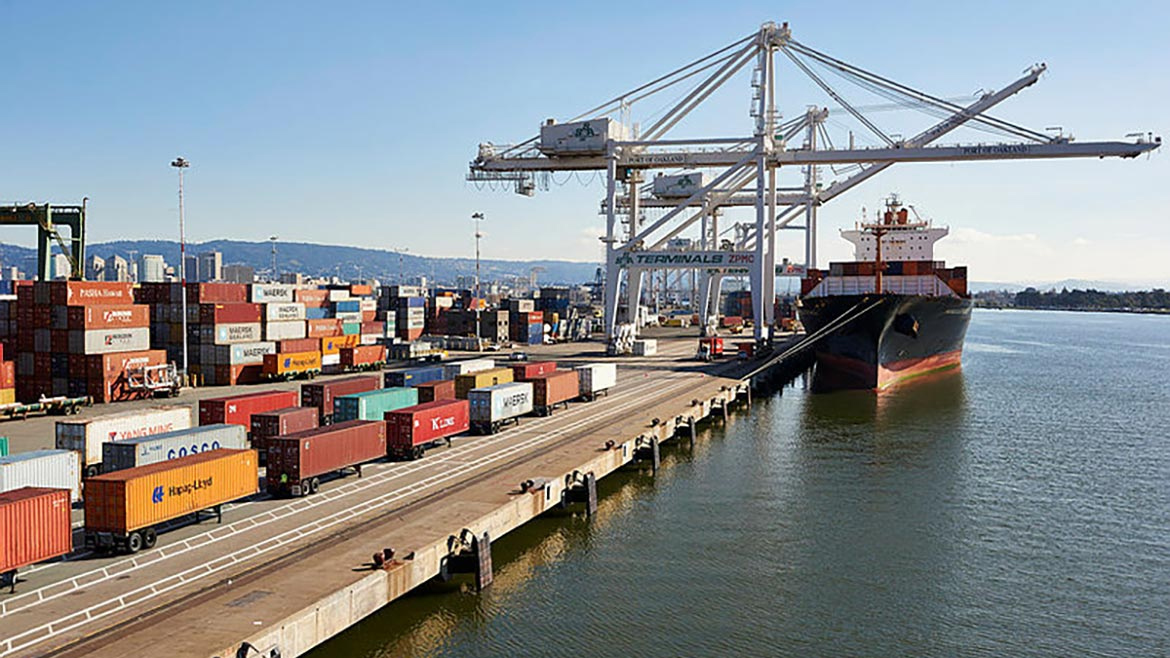Dec 17, 2020
Posted by Mel Biring, Global Product Regulatory Advocacy Manager
This article highlights the key takeaways from our recent webinar REACH Regulation of Chemicals in Europe & Beyond, from our series presented by Lubrizol experts on important industry trends.
When the Registration, Evaluation, Authorization and Restriction of Chemicals (REACH) Regulation was entered into force in the European Union (EU) in 2007, it was seen as part of its commitment to sustainable development within the United Nations' Strategic Approach to International Chemicals Management (SAICM).
REACH requires that all industrial chemicals at more than 1 ton per annum (tpa) are registered with the European Chemicals Agency (ECHA), which undertakes targeted checks on the information submitted for accuracy and requests further information as needed. Chemicals can be authorized and restricted as necessary, to manage the risks where deemed to be of high concern.
As REACH has evolved over the past 13 years, its effects have been felt worldwide. Other countries have, and continue to, adopt similar (not exactly the same) types of chemical regulation—and these different iterations of chemical regulation may have long-term effects on how chemical manufacturers do business. What follows is a summary of the evolution of REACH within the EU and an update on what other countries are doing to follow suit.
REACH Revisions
Since its inception, it is estimated that chemical companies have spent around 20 billion euros to comply with the registration requirements of the EU REACH regulation. All registrations, once submitted to ECHA, are ‘live’ in that they should be kept up to date and this is complicated by the fact that there are moving targets for registration requirements. In addition, more data on substances is often requested by ECHA in an effort to assist further screening of chemicals with an evaluation process to determine potential risk-management strategies for chemicals of concern.
Currently, 20% of all registration dossiers in each tonnage band will receive further scrutiny to ensure compliance. The EU Commission has an intention to make some polymers subject to registration from 2023.
Under the EU’s “Green Deal,” a new Chemical Strategy for Sustainability (published in October 2020) has contains changes to legislation to include large numbers of changes to REACH, not least to reflect scientific evidence on the potential risks of endocrine disrupting chemicals (EDC) and persistent chemicals, the effects of hazardous chemicals in articles and combination effects.
These policy initiatives, amongst other pieces of chemical legislation, and ECHA objectives, largely influence the future of industry compliance with REACH. No doubt as REACH undergoes transformation within the EU, so too will chemical regulations around the world.
Worldwide Implications
For starters, the United Kingdom, South Korea and Turkey have adopted REACH-like regulations, but each has its own nuances. In practice this can make it more complicated to comply than it would be if there had just been a copy-paste approach from the EU. In short, companies will have to spend more money to comply with these REACH-like regulations above and beyond what they have already spent to meet EU regulatory requirements.
Several countries around the world, including the United States, Australia, Japan, Philippines, Canada, Taiwan, New Zealand, Switzerland and China have chemical registration protocols under which chemical registrations and notifications only have to be submitted for:
- So-called “new substances” that are not on the national inventory
- Specific possible high-risk substances that are on the national inventory
The Eurasian Economic Union (EAEU) adopted its own regulations that are now scheduled to come into the force of law in December 2022. Delays in adoption of supporting legislation, which had been scheduled to come into effect in December 2018, have pushed out the entry into force. However, to address one aspect of the supporting legislation, Russia has moved forward with a chemical inventory, whose period of nomination ended on August 1, 2020. As for the rest of the EAEU, member countries find themselves in different stages in the process.
The development of India’s chemical management regulation is currently in flux, with final rules that were expected either in Q4 of 2020 or Q1 of 2021 but now perhaps sometime after this. Other areas of interest include (but again not limited to) Thailand, Vietnam, Brazil, Columbia and Argentina, whose governments are in various stages of creating chemical inventories with registration aspects to follow.
Our View
EU REACH is a world-leading benchmark—though costs are high—and it continues to evolve within the EU itself, confounded by the EUs new Chemical Strategy for Sustainability. Its effects on the rest of the world are undeniable.
But it is critical for non-REACH countries to consider implementing chemical regulation in a step-by-step manner to ensure chemicals management systems are comprehensive and effective, as well as relevant to the needs of individual countries.
As the chemical industry surveys the worldwide implications of new regulatory regimens, it is important that chemical manufacturers engage in the development of new regulations, since they have the expertise necessary to inform the process. No matter the country, chemical manufacturers should share lessons learned from other areas of the world, point out the pitfalls in compliance protocols and seek global alignment in various aspects of chemical legislation. Adoption of such best practices allows for workable and cost-effective chemical regulations around the world.
For more information about REACH and its worldwide implications and how Lubrizol sees this increasingly critical part of the industry, view the whole webinar here, or contact your Lubrizol representative.









